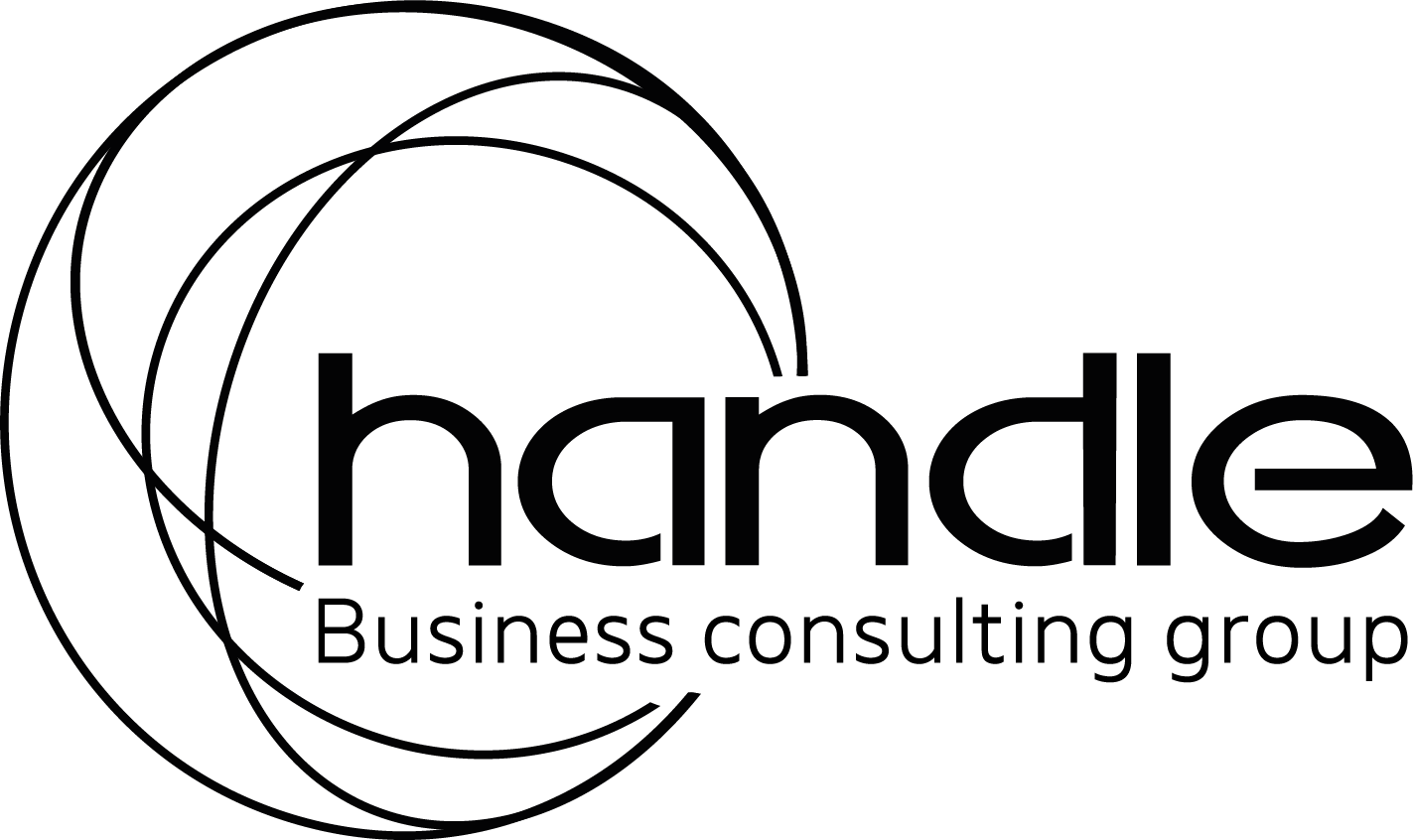Abstract:
Preserving and enhancing a family business’s brand and goodwill is crucial for its long-term success and sustainability. This detailed report explores essential guidelines specifically tailored for family businesses to effectively manage and protect their brand image and goodwill. It covers topics such as brand strategy development, brand identity maintenance, customer experience management, reputation management, crisis communication, social responsibility, and brand extensions. By understanding and implementing these guidelines, family businesses can strengthen their brand equity, foster customer loyalty, and safeguard their reputation for generations to come.
Introduction:
Preserving Brand and Goodwill: The Lifeline of Family Businesses
In the world of business, branding and goodwill are critical components that can make or break a company’s reputation and success. This is especially true in the realm of family businesses, where the relationship between the family and the business can significantly impact the brand’s image and the company’s long-term viability. Understanding the significance of brand and goodwill preservation, as well as the challenges and risks involved, is crucial for sustaining the success of family businesses.
First, let’s define brand and goodwill. A brand is more than just a logo or a name; it represents the collective perceptions, emotions, and experiences associated with a business, its products, and its values. It is the intangible essence that distinguishes a company from its competitors and creates a sense of loyalty and trust among its customers. Goodwill, on the other hand, encompasses the intangible assets based on positive public perception, strong customer relationships, and brand reputation.
In the context of family businesses, the importance of brand and goodwill preservation cannot be overstated. These businesses often carry a unique narrative and historical legacy that fosters a deep connection with customers and stakeholders. Preserving the brand equity and goodwill built over generations allows family businesses to leverage their trusted reputation, enhance customer loyalty, and differentiate themselves in crowded marketplaces.
However, managing and protecting brand and goodwill in family businesses pose specific challenges and risks. One notable challenge involves navigating the balance between tradition and innovation. While maintaining a consistent brand identity is vital, family businesses must also adapt to evolving customer preferences and market dynamics. Striking the right balance between preserving tradition and embracing innovation can be the key to sustaining a brand’s relevance over time.
Another challenge is effectively managing internal relationships and aligning family values with business objectives. In family businesses, the intertwining of personal dynamics and business decisions can pose risks to brand reputation. Controversies within the family, conflicts of interest, or internal power struggles can potentially damage not only the family’s cohesion but also the brand’s image. It becomes essential to establish clear governance structures, codes of conduct, and effective communication mechanisms to mitigate such risks.
In the face of these challenges, preserving brand equity and goodwill takes on significant significance. Brand equity represents the value that the brand contributes to a company’s overall valuation, and it serves as an asset that can provide a competitive edge in the marketplace. Goodwill, on the other hand, is an intangible asset that can create a solid foundation for enduring relationships with customers, employees, suppliers, and other stakeholders.
Preserving brand and goodwill enables family businesses to cultivate and strengthen customer loyalty and trust, even during times of economic uncertainty or transition. It helps drive revenue growth, attract top talent, enhance customer acquisition and retention, and open up new business opportunities. Last but not least, brand and goodwill preservation reinforces the legacy and reputation of the family business, creating a lasting impact for generations to come.
- Implementation Strategies for Brand & Goodwill Preservation:
Implementing brand and goodwill preservation guidelines requires careful planning and execution. Here are recommended strategies for family businesses to effectively implement and uphold these guidelines:
- Develop an Internal Branding Team: Designate a dedicated team or individual responsible for overseeing brand management efforts. This team should have a deep understanding of the brand’s values and guidelines and ensure consistent implementation across all touchpoints.
- Educate and Engage Employees: Conduct training programs to educate employees about the brand’s core values, positioning, and identity. Engage employees in brand-building activities and encourage their active participation as brand ambassadors to foster a sense of ownership and alignment.
- Leverage Technology: Explore digital tools and technologies that can streamline brand management processes, including social media management platforms, customer relationship management (CRM) systems, and brand monitoring tools. These technologies help monitor brand mentions, gather customer feedback, and measure brand performance.
- Monitor and Respond to Customer Feedback: Establish channels for customers to provide feedback and promptly address their concerns or inquiries. Actively monitor online reviews, social media conversations, and customer support channels to identify potential reputation risks and respond in a timely and appropriate manner.
- Establish Brand Communication Channels: Develop a comprehensive communication strategy to effectively convey the brand’s values, heritage, and initiatives to key stakeholders, including employees, customers, suppliers, and shareholders. Leverage various platforms such as newsletters, social media, blogs, and events to strengthen brand visibility and engagement.
- Foster Partnerships and Collaborations: Seek strategic partnerships with organizations that align with the brand’s values and target audience. Collaborations can enhance brand reach, visibility, and credibility, while also providing opportunities for shared resources, joint campaigns, and co-branded initiatives.
- Measure Brand Performance: Regularly assess brand performance by monitoring key brand metrics such as brand awareness, customer loyalty, market share, and brand perception. Conduct brand surveys, customer satisfaction assessments, and market research to gain insights and identify areas for improvement.
- Adapt to Changing Market Dynamics: Continuously evaluate market trends, consumer behavior, and industry dynamics to ensure the brand remains relevant and responsive to evolving customer demands. Embrace innovation and adapt strategy accordingly while staying true to the core brand values and identity.
- Emphasize Long-Term Thinking: Understand that brand building and goodwill preservation are long-term endeavors. Prioritize building trust, maintaining consistent quality and service delivery, and creating memorable customer experiences. Commit to sustained efforts in building a strong brand foundation for future generations.
- Seek Professional Expertise: Consider engaging external consultants or branding experts who specialize in brand management and preservation. Their insights, experience, and expertise can provide valuable guidance in developing and executing an effective brand strategy.
Conclusion:
Preserving and enhancing brand equity and goodwill is paramount for family businesses. The implementation of brand and goodwill preservation guidelines provides a comprehensive framework for effectively managing and protecting a family business’s brand identity, reputation, and customer relationships. By following these guidelines and employing recommended strategies, family businesses can strengthen their competitive advantage, foster customer loyalty, and ensure the long-term success and sustainability of their brands. It is a continuous process that requires dedication, adaptability, and a commitment to upholding the core values and legacy of the family business.
In conclusion, brand and goodwill preservation are crucial for the longevity and success of family businesses. Despite the challenges and risks involved, family businesses must recognize the significance of sustaining their brand’s equity and goodwill by striking a balance between tradition and innovation, managing internal relationships effectively, and prioritizing the alignment of family values with business goals. By doing so, family businesses can solidify their reputation, build formidable brand equity, and secure a prosperous future for both business and family legacy.
















